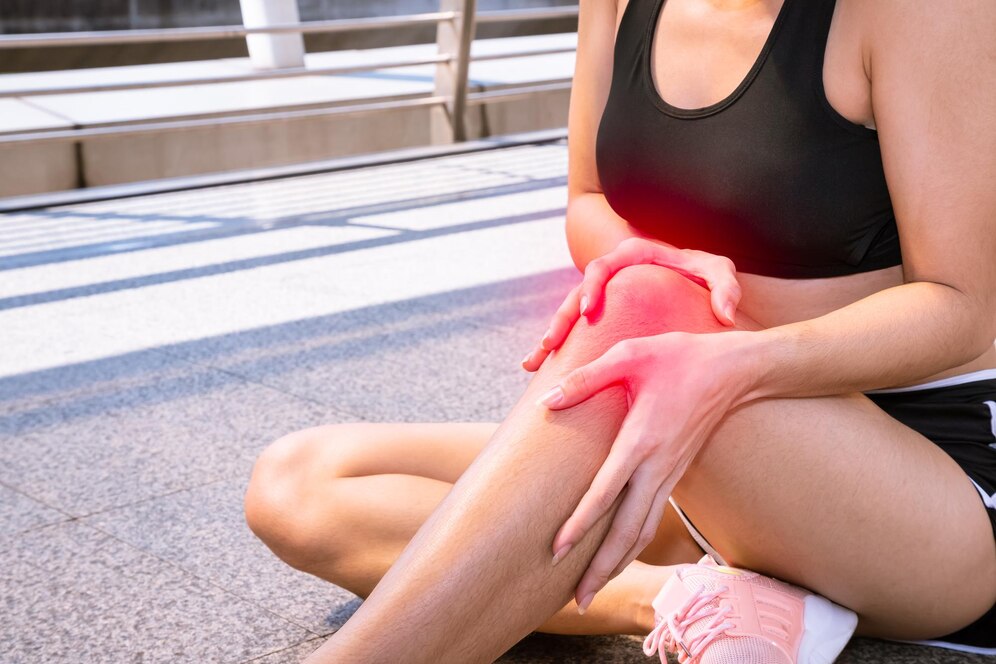Improving mobility for seniors is essential, and you can make a significant difference with just a few adjustments. Start by decluttering living spaces to create safer pathways, and consider installing handrails and grab bars for added support. Don't overlook the importance of mobility aids and better lighting in your home. Regular exercise can also play a key role in enhancing strength and balance. These adjustments are just the beginning; understanding how to implement them effectively can lead to even greater improvements. What might that look like for you?
Decluttering Living Spaces
How can decluttering your living space enhance your mobility? When you clear away unnecessary items, you create a more open environment that allows you to move around with ease. Clutter can obstruct pathways, making it difficult for you to navigate your home safely. By reducing the number of obstacles, you minimize the risk of trips and falls, which is essential for maintaining your independence.
Start by evaluating each room. Identify items you no longer use or need, like outdated furniture or decorative pieces that don't serve a purpose. Consider donating or recycling these items. This not only frees up space but also helps others in your community.
Next, organize what you decide to keep. Utilize storage solutions like baskets or bins to create designated areas for your belongings. This way, everything has its place, and you won't have to rummage through piles of items when you need something.
Focus on high-traffic areas, such as hallways and entrances, where clutter often accumulates. By maintaining clear pathways, you'll find it easier to walk or maneuver a walker or wheelchair. Also, think about your frequently used items—keeping them within reach can save you the hassle of stretching or bending, which might lead to instability.
Decluttering doesn't just improve your mobility; it can also boost your mood. A tidy space often leads to a clearer mind, enabling you to enjoy your home more fully.
Installing Handrails and Grab Bars
Though you may not realize it, installing handrails and grab bars can greatly enhance your safety and mobility at home. These simple additions provide you with the support you need when maneuvering stairs, hallways, and bathrooms. By having handrails installed near staircases and grab bars in vital areas like the shower and toilet, you can considerably reduce the risk of falls, which are a common concern for seniors.
When choosing handrails, make certain they're sturdy and securely anchored. Opt for materials that can withstand weight and provide a comfortable grip. The height of the handrail should be appropriate for your reach, ideally between 34 and 38 inches from the floor.
Grab bars should also be strategically placed; install them at a height that allows for easy access while standing or sitting. It's important to select grab bars that are slip-resistant and can handle at least 250 pounds of pressure. Consider angled options for added support in the shower or bathtub.
In addition to safety, these adjustments can boost your confidence when moving through your home, making daily activities easier and less stressful. Don't forget to consult with a professional if you're unsure about the installation process. They can verify that everything is securely fitted and meets safety standards, giving you peace of mind.
Utilizing Mobility Aids
When you find yourself needing extra support while moving around, utilizing mobility aids can make a significant difference in your daily life. These aids are designed to enhance your independence and safety, allowing you to navigate various environments with confidence.
Walking canes and walkers are popular options that provide stability. Canes are particularly useful for those who need a little extra help on uneven surfaces or while standing up. If you find that you need more support, a walker may be the right choice, offering a wider base and additional balance.
For those who struggle with stairs, consider a stairlift or a portable ramp. These devices can help you move between levels of your home more easily, reducing the risk of falls.
If you're often on the go, a mobility scooter or power chair can help you travel longer distances without fatigue.
Don't forget about specialized footwear and orthotic devices. Wearing shoes with good grip and support can improve your balance and comfort.
If you experience foot pain, consult a podiatrist to explore options like custom orthotics.
Enhancing Lighting Conditions
Improving your home's lighting can greatly enhance your mobility and safety. Proper lighting helps you navigate your space with confidence, minimizing the risk of falls and accidents.
Start by evaluating the areas you use most frequently, like hallways, stairs, and entryways. These zones should have bright, even lighting to guarantee you can see obstacles clearly.
Consider using LED bulbs, as they provide brighter light and have a longer lifespan than traditional bulbs. Installing dimmer switches allows you to adjust the brightness according to your needs, making it easier to create a comfortable environment.
For areas like the living room or bedroom, softer lighting may be preferable, while brighter light is essential for kitchens and bathrooms.
Don't overlook the benefits of motion-activated lights. These lights automatically turn on when you enter a room or approach a hallway, providing illumination without requiring you to fumble for a switch. This can be particularly helpful at night when you might be disoriented.
Additionally, confirm that all light fixtures are free of obstructions. Remove any decorative items that block the light source, and consider using wall-mounted lights in tight spaces.
Lastly, if you wear glasses or have vision impairments, make sure your lighting is positioned to reduce glare.
Incorporating Regular Exercise
Regular exercise plays an essential role in enhancing mobility and overall well-being for seniors. By incorporating a consistent exercise routine into your daily life, you can improve strength, flexibility, and balance, all of which contribute to better mobility. You don't need to engage in high-impact workouts; simple activities can make a significant difference.
Start by setting aside time each day for gentle exercises. Walking is an excellent low-impact option that can easily be integrated into your routine. Aim for at least 30 minutes a day, whether you break it up into shorter sessions or enjoy a longer stroll. If walking isn't feasible, consider chair exercises, which can help strengthen your muscles while providing support.
Incorporate stretching into your routine to enhance flexibility. Stretching not only aids in maintaining range of motion but also reduces the risk of injury. Focus on key areas like your legs, back, and arms. Yoga and tai chi are also great options, promoting both flexibility and balance, and they can be adapted to your ability level.
Don't forget the importance of strength training. Using light weights or resistance bands a couple of times a week can help build muscle, which is vital for maintaining mobility as you age.
Always listen to your body and consult with a healthcare professional before starting any new exercise program. With regular exercise, you'll likely notice improvements in your mobility, making daily activities easier and more enjoyable.
Conclusion
By making these five key adjustments, you can greatly enhance mobility for yourself or a loved one. Decluttering your space, adding handrails, and utilizing mobility aids will create a safer environment. Improving lighting guarantees better visibility, while regular exercise boosts strength and balance. These simple changes can help you navigate your home with confidence and ease, ultimately leading to a more independent and fulfilling lifestyle. Start implementing these tips today for a safer tomorrow!



